Click below to watch the video:
The Qur’an speaks of Al Aqsa over a hundred years before it was built in Jerusalem. So where was the original Al Aqsa described as being in Jiranah?
Transcript
Video #36 This is a general transcript of a Dan Gibson video.
Hello, I’m Dan Gibson, and this is another Question and Answer video. Today’s question comes from Munir, but I have received similar questions and comments from many people, who ask about the Al-Aqsa Mosque in Jerusalem. While I have addressed this topic in other videos, I would like to do a dedicated video on the topic, so that people can easily find it. So today’s question is: What about Jerusalem and the Al-Aqsa Mosque?
In the Qibla tool we show the Al-Aqsa mosque in Jerusalem as being a Petra Mosque. This means that the Qibla is within three degrees of facing Petra in Jordan and more than 12 degrees from facing Mecca in Saudi Arabia. So I have classified it as facing Petra.
But what is more interesting, is that the Qur’an talks about Al-Aqsa, as being a mosque, almost 100 years before it was built in Jerusalem. This has caused some problems and a lot of discussion, because the Quran, and other early Islamic literature seems to assume that Al-Aqsa as a mosque was in existence during the lifetime of Muhammad. So it seems that there were two different places known as Al Aqsa.
Let’s review what the sources say about Al-Aqsa. The Qur’an names al-Aqsa in Sura Al-Isra: Glory to Allah who did take his servant for a journey by night from the Masjid al-Haram to the farthest (al-Aqsa) whose precincts we did bless in order that we might show him some of our signs: for he is the one who heareth and seeth (all things). Sura 17:1 (Yusif ‘Ali)
Remember the Al Aqsa mosque was constructed about 100 years after this event took place. But the Quran clearly tells us that Muhammad took a night journey to a place known as Al-Aqsa, which means ‘the farthest.’. If Jerusalem was intended, then it would have said Al-Quds, because that was the name of Jerusalem at that time. “The Holy.”
Next: Al-Bukhari adds: Narrated Abu Huraira: The Prophet said, Do not set out on a journey except for three mosques: 1) al-Masjid-al-Haram, 2) the Mosque of Allah’s Apostle, and 3) al-Aqsa. Ṣahih al-Bukhari Hadith 2:281
Again, note that in the above hadith Muhammad is speaking of a place called al-Aqsa almost a century before that mosque it was built in Jerusalem. So during Muhammad’s time there must have been another place also called al-Aqsa.
Al-Bukhari also tells us: Abu Dhar narrated: I said, O Allah ’s Apostle! Which mosque was first built on the surface of the earth? He said, Al- Masjid al-Haram. I said, Which was built next? He replied The mosque of al-Aqsa. I said, What was the period of construction between the two? He said, Forty years. He added, Wherever you may be when the prayer time becomes due, perform the prayer there, for it is the best thing to do. Ṣahih al-Bukhari Hadith 4:585
Now there are several strange things about this hadith. Abraham was supposed to have laid the foundations stones for al-Masjid al-Haram, so how was al-Aqsa built 40 years later? Remember that during Abraham’s time there was no mosque in Jerusalem, and indeed no city where Jerusalem is today. It was just a bare mountain top. The Al-Aqsa in Jerusalem was built 90 AH. And we have clear descriptions by Al Tabari and others of how and where it was built and some of the discussion that went on.
In Kitab al-Tarikh wa al-Maghazi (al-Waqidi al-Tarikh wa al-Maghazi, pg 69 The Islamic Conquest of Syria ) early Muslim historian and biographer al-Waqidi describes Muhammad’s stay in the village of Jiranah a few miles outside Masjid al Haram. He wrote, The Prophet arrived in Jiranah on Thursday, and remained 13 nights. He then departed Jiranah after praying at the al-Aqsa Mosque located on the bank of the riverbed. The Prophet used to pray there whenever he came to Jiranah.
We will go back to this in a moment but first, another historian, Azraqi, described in a discussion between two men named Muhammad ibn Tariq and Mujahid. Muhammad said, Mujahid and I agreed on Jiranah, because he informed me the Prophet used to pray at the al-Aqsa Mosque located on the bank of the river bed. The other nearby mosque, the al-Adna Mosque, was built by a man from the Quraysh tribe. (Azraqi, Wuestenfeld, Ferdinand (1964) al-Azraqi, in Chroniken der Stadt Mekka)
Remember that Al-Aqsa in Arabic means the farthest point, and al-Adna means the lowest or the nearest point (perhaps more correctly here would be the lowest point. The two mosques were simply named according to their location. The lower mosque was the al-Adna Mosque, and the farther one was al-Aqsa.
Another early historian, Ibn Ishaq al-Fakihi, noted that Muslims who wanted to perform the ‘umrah (Minor Pilgrimage) would first purify themselves at the neighboring villages of Tanim and Jiranah. (Azraqi, Mecca and its Antiquities)
The al-Adna Mosque in Tanim was significant because Muhammad’s wife ‘Ayisha had purified herself there, and the Prophet himself had prayed in the al-Aqsa Mosque in Jiranah. This leads us to expect that Jiranah had a good source of water, especially as it was located on the banks of a wadi. Hadith historian Abu ‘Ali recorded (Ali bin Hasamuddin , Alauddin, Masnad Imam Abu Abdullah (Arabic) ) that Umm Salmah heard Muhammad say, Whoever prepares for the ‘umrah by purifying himself in the al-Aqsa Mosque before he goes into the Haram area … will have his sins forgiven before he even commits them. This leads us to expect that Jiranah was just outside of the forbidden area, where one could wash themselves.
The above sources all indicate that the Al-Aqsa Mosque referred to by Muhammad in Qur’an 17:1 was the mosque in Jiranah, a village just outside of Masjid-al- Haram. The famous mosque known today by the same name in Jerusalem was built ninety years after Islam began and cannot be the al-Aqsa mosque referred to by these historians.
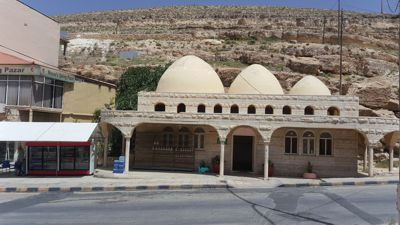
Moses Spring as you enter Wadi Mousa outside of Petra
I would like to suggest a place in Petra that fits all the descriptions. Today it is covered over by buildings, but in ancient times, this place was 8 km from the heart of Petra. Pilgrims wanting to enter the forbidden sanctuary would have stopped here first to cleanse themselves. Indeed, almost everyone entering the area of Wadi Musa, outside of Petra, drives past an artesian well located at the edge of the wadi, just as it was described.
Today this well is known as the Moses Spring and tour guides gleefully connect it with the story of Moses hitting the rock so that water came out. I don’t think that this is where this story took place. If this location is al-Aqsa, then al-Adna or the lower would be at a lower area farther down the wadi before entering the sacred area. If you follow the pilgrim path it winds around and goes down and there is an area with water. This would have been the place where ‘Ayisha, Muhammad’s wife purified herself.
There is a place that fits the name Al-Adna in Petra but there is no name on it today. As one goes down the pilgrimage path, from the Moses Spring, the path winds through a green area, where water ebbs from the rock. You can see it here on this satellite photo. There is this green area. The road winds around and goes right through it as it is going down to the entrance of Masjid al Haram.
This is just like the ancient writers would have described: there are two places of washing outside of the Haraam area. Al-Aqsa first, and al-Adna next. The men would wash at Al-Aqsa like Muhammad did, and the women would wash at Al-Adna like Aysha did. Before they enter into the pilgrim Haraam area.
So how did the name Al-Aqsa get connected with the mosque in Jerusalem? First, it is not uncommon for places to have the same name, especially a common name such as the ‘far or the near gathering place.’
Those building the Mosque in Jerusalem in 90 AH would have faced an issue when naming the new structure. The Islamic Holy City was known as al-Haram or The Forbidden . The city of Jerusalem was called al-Quds or The Holy. Imagine if they called this new mosque Al Quds Mosque. A name such as The Holy Mosque might overshadow the name for their sacred city. So that name could not be used as it seems to be a higher or more important name.
Now remember, at this time, this was as far as the Muslim armies had gone, so it was indeed the farthest mosque so it could have casually been called this by the workers. And it was a safe name, and yet a respectable name.
Many years later, after the original Masjid al-Haraam in Petra was forgotten, and the original location of al-Aqsa in Jiranah just outside of Petra, was forgotten, the Abbasid writers would tell the story of Muhammad traveling to al-Aqsa in Jerusalem, and all everyone could remember was the mosque in Jerusalem, because the one in Petra was forgotten. So to them it seemed like a miracle, that Muhammad had traveled so far at night, and the story probably grew.
Let’s review the dates for a few moments so we can get the dates in order and put it in context.
First, the Black Rock was moved to Mecca in Saudi around 70 AH (689⁄70)
Then according to the inscription near Mecca, Masjid Al-Haraam was built thee in 78 AD. (697⁄78 )This was during the reign of ‘Abd al-Malik ibn Marwan.
In the year 89 (707⁄89 ) the well ZamZam in the original Haram area was lost, and then relocated in Mecca in Saudi Arabia.
his is during the reign of Al-Walid the first. It is also during Al-Walid reign that Hajajj begins the Between Qibla by building the Between Mosque.
It was the next year, in 90 AH, during the reign of Al-Walid, that al-Aqsa was built. So now that the Rock had relocated, and a few years later Masjid al Haraam had relocated, and a few years later Zamzam had been relocated, I am sure there was no hesitation to re-locate al-Aqsa, especially to such a prestigious location as the great Rock in Jerusalem.
But the earliest records tell us that the original al-Aqsa was described as being a place of washing and cleansing, located on the edge of a wadi outside of the sacred area. We can find that place in Petra, but we don’t find it in Jerusalem. We can also find the Lower place of washing, Al-Adna. It fits the Petra story. But today the al-Aqsa Mosque is in Jerusalem, built on a bald hard rock at the top of a mountain.
I’m Dan Gibson, and this has been another Question and Answer Video
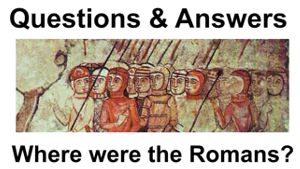

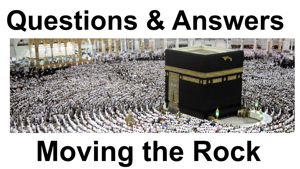
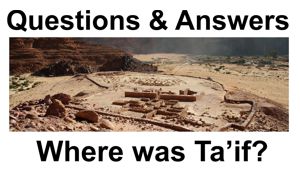
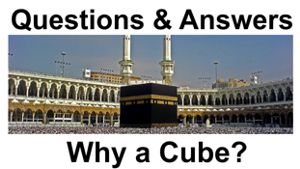

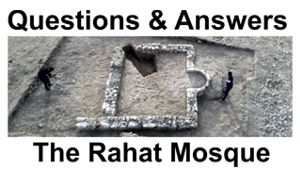
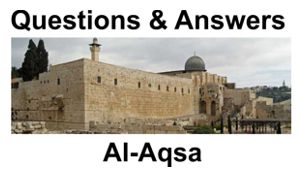
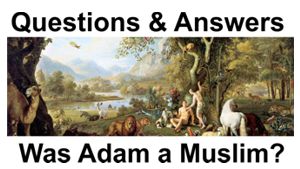
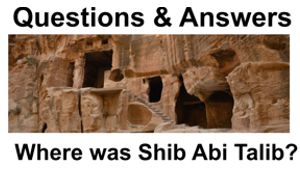



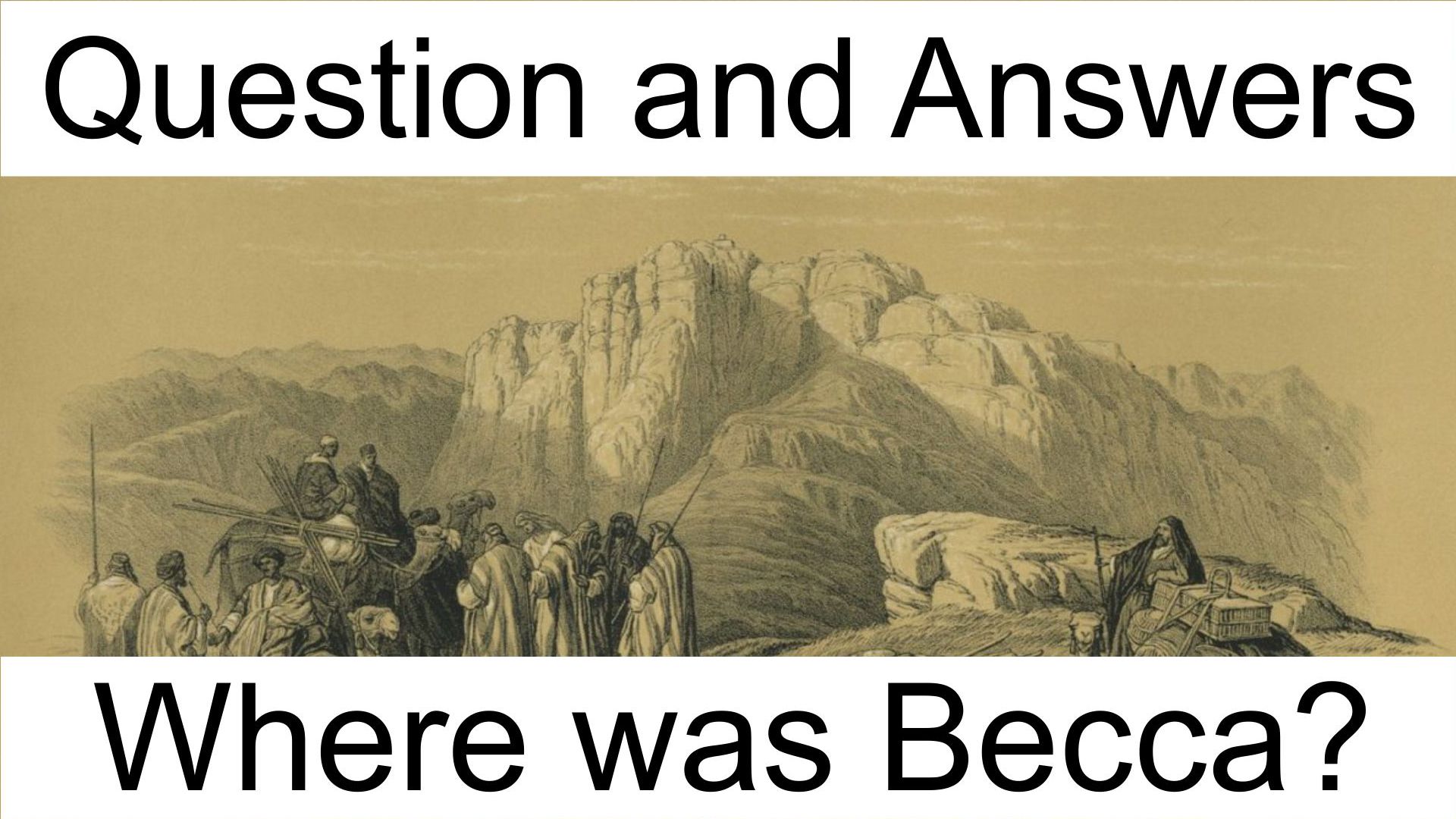

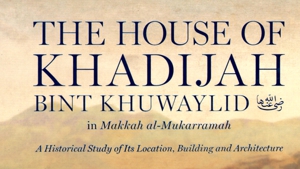
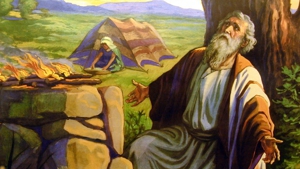
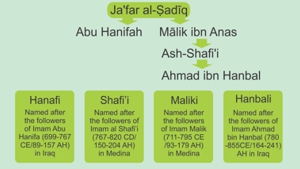

Page Discussion
Membership is required to comment. Membership is free of charge and available to everyone over the age of 16. Just click SignUp, or make a comment below. You will need a user name and a password. The system will automatically send a code to your email address. It should arrive in a few minutes. Enter the code, and you are finished.
Members who post adverts or use inappropriate language or make disrespectful comments will have their membership removed and be barred from the site. By becoming a member you agree to our Terms of Use and our Privacy, Cookies & Ad Policies. Remember that we will never, under any circumstances, sell or give your email address or private information to anyone unless required by law. Please keep your comments on topic. Thanks!